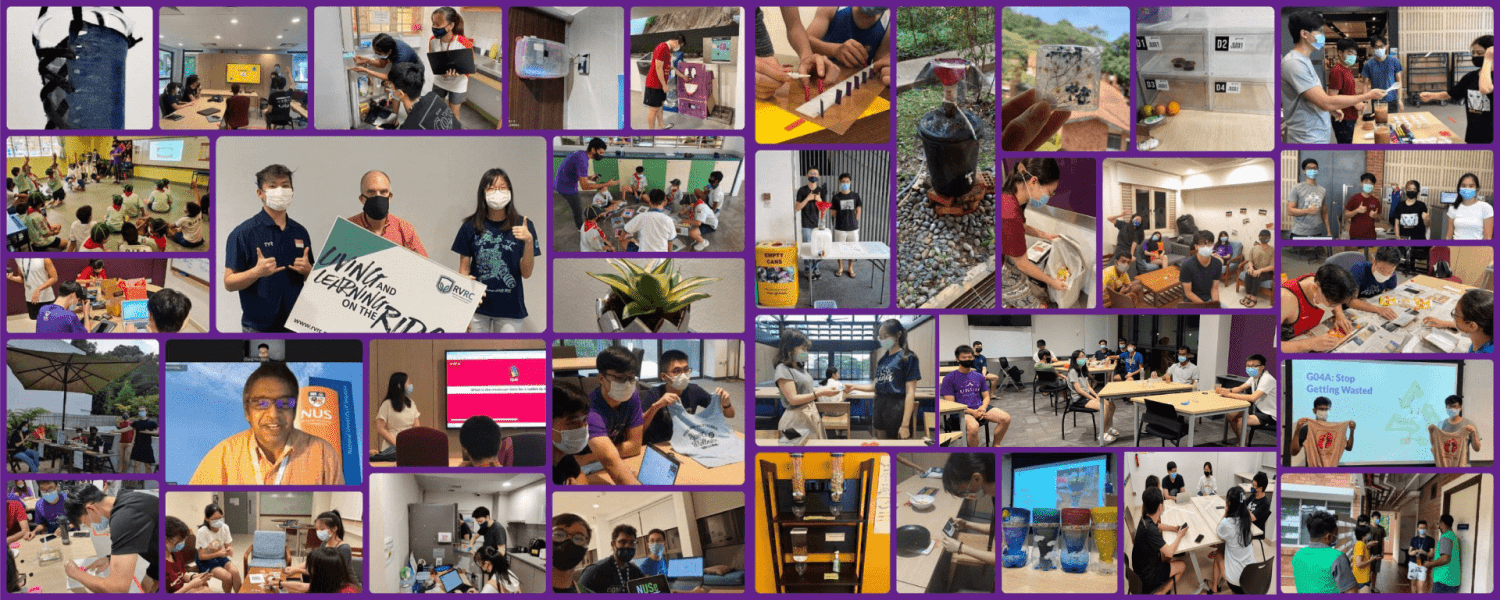Cephas Lim En Rong (FoE), Chin Zhao Wei (FoE), Keong Ken Wei Nick (FASS), Koh Tian Kai (FASS), Tan Yikai (SoC)
Academic Advisor: Dr. Chua Siew Chin
Due to its non-point source and trans-boundary nature, marine trash has been an unabating issue for Singapore’s coastlines despite many years of coastal cleanups. Their impacts on natural ecosystems such as mangroves go beyond mere unsightliness, to potentially damaging young mangrove saplings. Using Sungei Buloh Wetland Reserve (SBWR) as a case study, our project seeks to understand the flow of marine trash in Singapore. Specifically, we aim to trace the sources of marine debris found at the eastern mangrove coast of SBWR through the following:
- Take photos of the marine debris at the eastern mangrove coast.
- In a non-bias manner, collect all trash in a designated area and categorize them as “local”, “foreign” and “cannot be determined”
Our preliminary expedition suggests that a majority of the debris at SBWR belongs to Malaysia. Thus on top of more field work, we will also consider how distinct types of debris (e.g. glass bottles, food packaging) are carried to the eastern coast due to current movements (longshore drift, tide levels, monsoon wind direction).
Keywords: Natural Environment and Ecosystem, mangroves, marine trash, waste, Sungei Buloh Wetland Reserve
